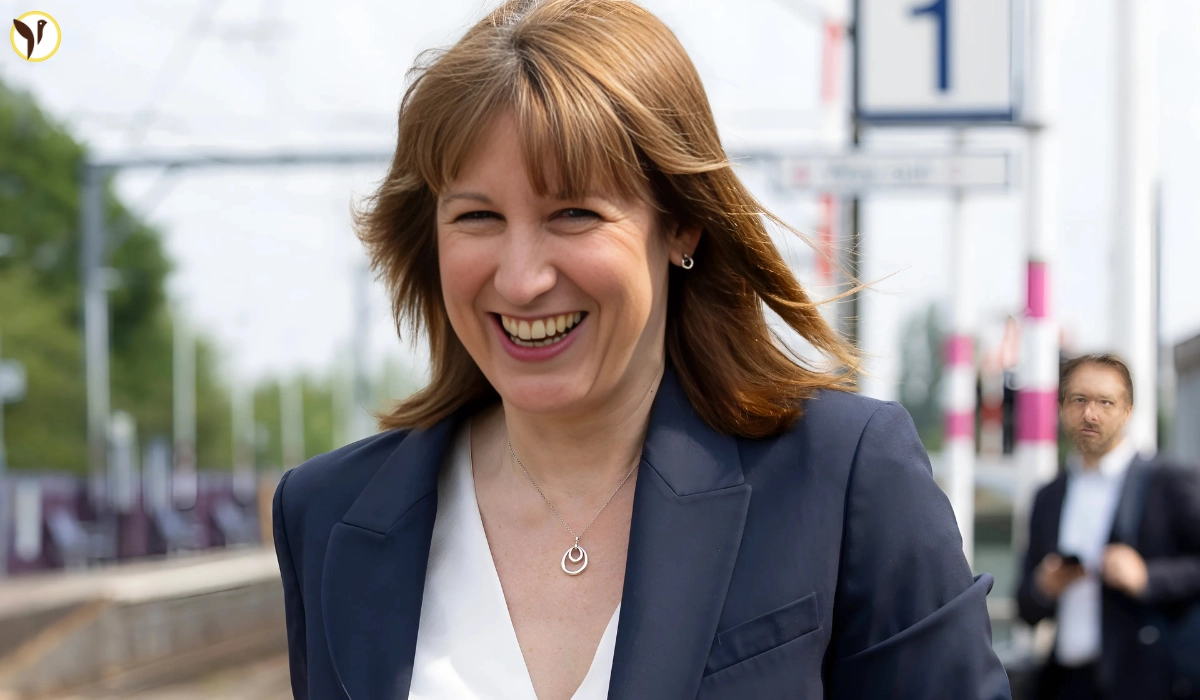The UK government has announced that the Winter Fuel Payment will be returning this year to help pensioners with their heating costs. This decision reverses earlier plans to limit the payment to only the poorest households. Many older people rely on this support to manage energy bills during the cold months. With rising living costs, especially for heating and electricity, the pressure on pensioners has grown significantly. By reintroducing the payment for most people over State Pension age, the government hopes to reduce financial strain this winter. The payment is especially important for those who live alone or have health conditions that require a warm home. While some critics worry about the cost to the Treasury, the move has been welcomed by many older citizens and advocacy groups.
Who Will Get the Winter Fuel Payment in 2025?
The Winter Fuel Payment will be made to people who have reached State Pension age by a certain date. For this year, that means anyone born on or before 22 September 1959. The government also requires that you lived in the UK during the week of 15 to 21 September 2025 — this is called the "qualifying week." If you meet both of these conditions, you're usually eligible. The good news is that for most pensioners, the payment is automatic. You do not need to apply unless you’ve recently moved abroad or changed your bank account. If you haven’t received the payment before but now qualify, there may be a short process to get added to the system. This support is especially valuable for people with fixed incomes, giving them more certainty when budgeting for the winter months.
How Much Will Pensioners Receive?
The amount of the Winter Fuel Payment depends on how old you are and who lives in your household. If you’re under 80 and live alone, you will get £200. If you are over 80, the payment increases to £300. For couples, the rules are a little different. If both people qualify and are under 80, they’ll get £100 each. If one is over 80, the total amount could go up. It’s paid as a lump sum into your bank account, usually around November or December. This money is meant to help cover heating bills, but you can use it as you see fit. Many pensioners use it to top up their gas or electricity meters, or to pay energy bills that come in just as winter hits. It can also help with buying warm clothes, bedding, or even extra food during the colder months.
Will Everyone Get the Full Amount?
Not everyone will keep the full payment. This year, the government has introduced a rule that if you earn more than £35,000 a year in taxable income, you may have to pay the money back. This will be done either through your tax code if you're still working or through your self-assessment tax return if you're self-employed or retired with taxable income. You can also choose to opt out of receiving the payment altogether if you know you’ll be over the income threshold. The government says this makes the system fairer because it still helps those who need it most, without spending public money on people who are already financially comfortable. Couples are judged individually, so if one partner earns less than £35,000, they’ll still receive their part. This means the payment is better targeted, but some people are still worried about the extra admin or confusion it might cause.
Why the Government Changed Its Mind
Initially, the plan was to limit Winter Fuel Payments only to low-income pensioners. This sparked criticism from campaigners, charities, and even some politicians, who argued that many older people would still struggle with bills but wouldn't qualify under stricter rules. Public pressure grew, especially as energy prices remained high and inflation affected basic living costs. In response, the government made a U-turn, restoring the payment for nearly all pensioners while introducing some limits based on income. This way, they aim to balance helping people with managing the national budget. While it may not be a perfect solution, many believe it’s a step in the right direction. The move was likely also influenced by political concerns, as older voters make up a significant portion of the electorate, and public opinion clearly favored keeping the payment available.
How Much Will This Cost the Government?
The government estimates the return of the Winter Fuel Payment will cost around £1.25 billion. However, by introducing income limits and clawback measures, they hope to save roughly £450 million compared to giving the payment to everyone without any conditions. These figures have raised questions about where the extra money will come from. According to official statements, the funding will be included in the Autumn Budget. The government has said it will not borrow extra money to fund this, which could mean there will be cuts elsewhere or tax increases in the future. Economists have warned that while this type of short-term support is helpful, long-term planning is needed to make such payments sustainable. Still, many people believe it’s worth the cost to protect vulnerable pensioners from fuel poverty during a cold winter.
What About Scotland?
In Scotland, Winter Fuel Payments are managed by the devolved Scottish Government. However, because funding for Scotland is partially linked to spending in England through what’s known as the Barnett Formula, this change means Scotland will receive around £70 million more for similar support. While the exact details may vary in how the money is distributed, Scottish pensioners are expected to benefit as well. The Scottish Government runs its own version of winter heating support, and the extra funding can help them expand or maintain these services. It’s important for Scottish residents to check with their local benefits system, as rules and application processes might be slightly different from those in the rest of the UK. Still, the overall aim is the same: helping older people stay warm and safe during the winter months.
Image Source: The Telegraph









